Writing my third novel, Three Cousins, which features three young women coming of age in the 1970s, I was carried back to the works that brought second-wave feminism into conversations, relationships and lives at the time.
These were books that impacted us not only intellectually, but also emotionally and viscerally. They shaped our dreams and goals, as well as our fears and disappointments. They encouraged women to demand equal job opportunities and pay, reproductive rights and informed health care, and they supported LGBTQ+ activism. With women’s rights now under assault, these works are more relevant than ever.
As the list suggests, second-wave feminism was primarily a movement of white middle-class women who were oblivious to the issues of women of color. But by the end of the decade, Black voices began to emerge, and the seeds of intersectionality had been planted.
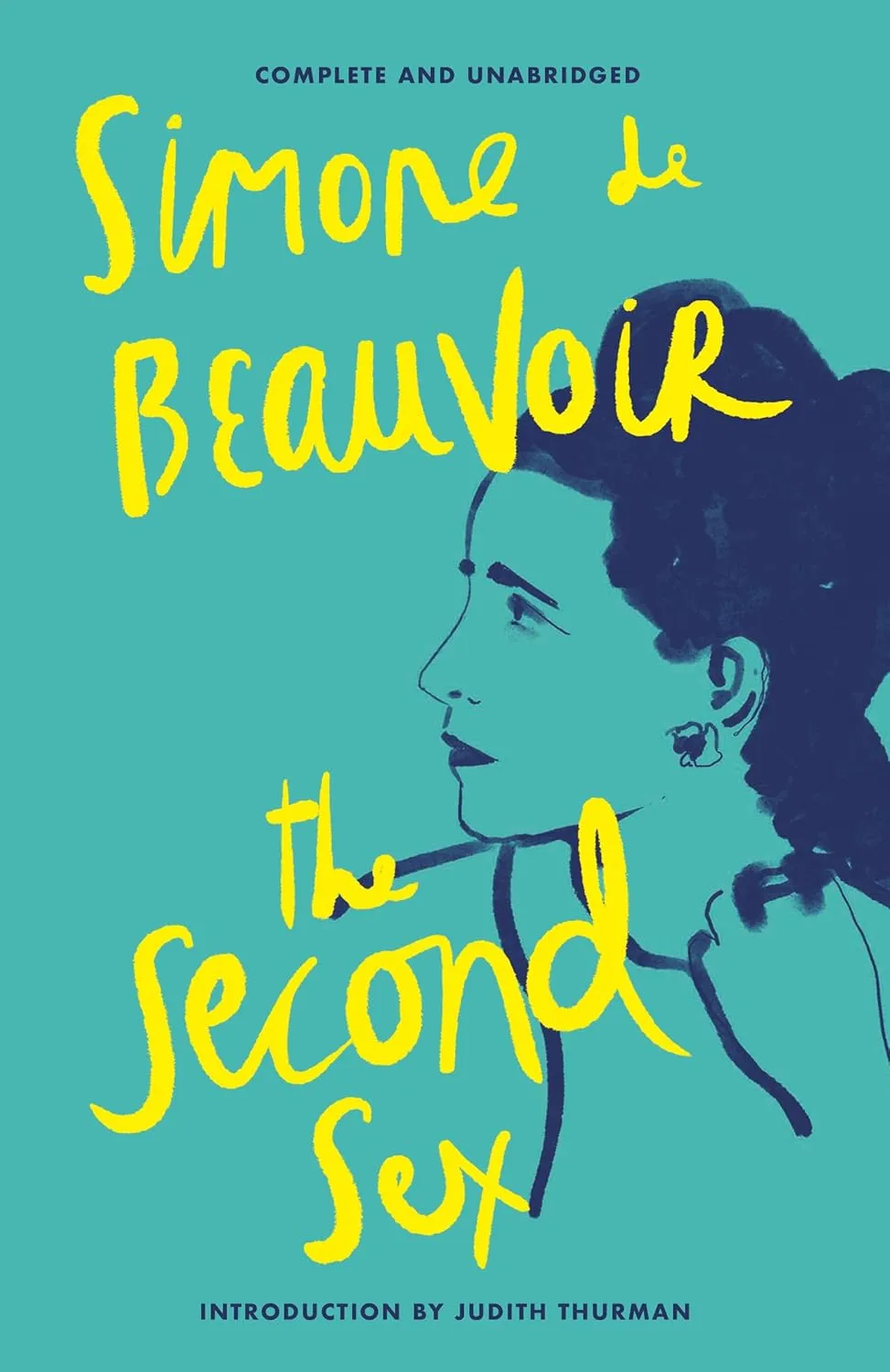
The Second Sex (1949) by Simone de Beauvoir
This groundbreaking work explores the construction of women’s roles in society. Influenced by the existentialist idea of “the Other,” de Beauvoir refutes the idea that men are the norm and women a lesser version of them. Also worth reading are the four volumes of her autobiography, published between 1958 and 1972, which offer a picture of feminism through her attempt to live a liberated life. As a French intellectual and existentialist, de Beauvoir produced work rooted in philosophical reflection on how women can regain individual freedom and choice in order to escape their historical limitations.
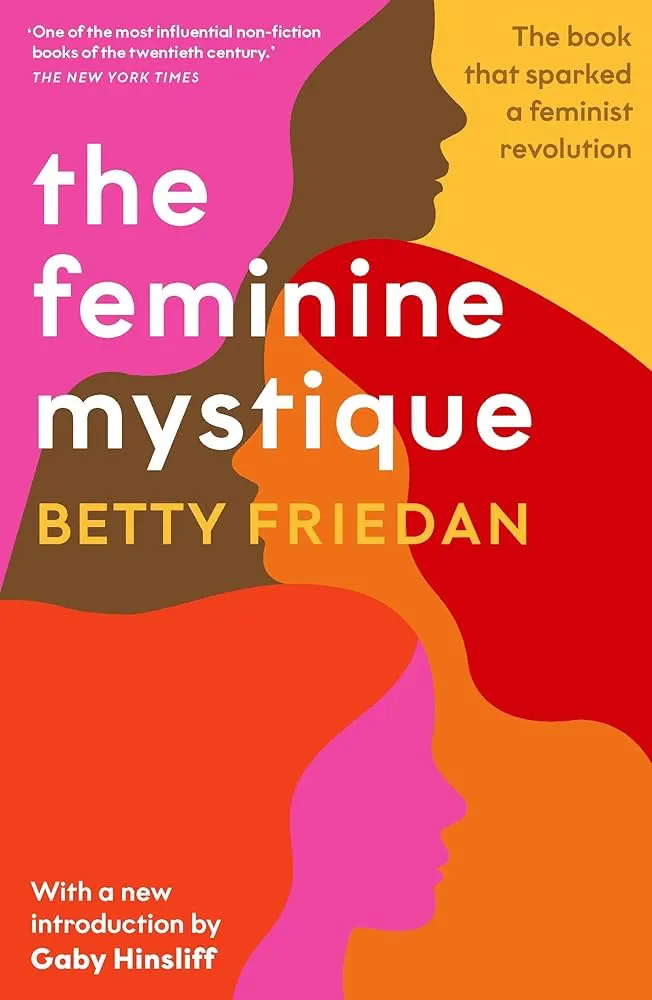
The Feminine Mystique (1963) by Betty Friedan
Friedan’s work, like de Beauvoir’s, looks at the conditioning of women, especially the expectation that marriage and motherhood are their only paths to fulfillment. Friedan takes a sociological and psychological approach to the “problem that has no name” — the depression and emptiness many women felt in the 1950s as women moved out of the workforce and back into the home.
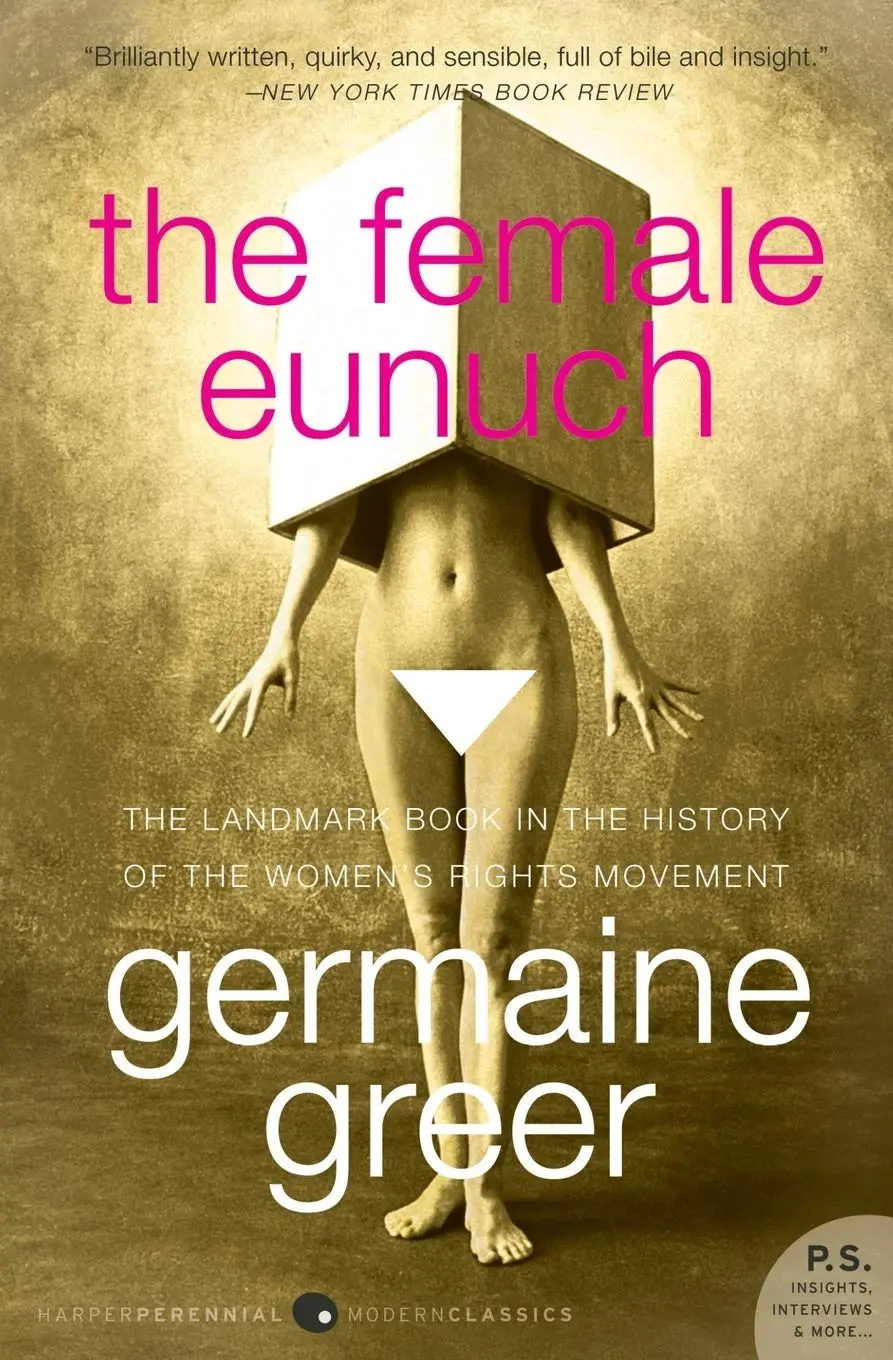
The Female Eunuch (1970) by Germaine Greer
This work examines the ways in which female identity and sexuality have been shaped by patriarchal attitudes and expectations. Greer’s study of the social oppression and sexual repression of women led her to develop the concept of the “female eunuch,” a woman whose life force has been subdued by the men who define her. In chapters with titles like Gender: Curves and The Wicked Womb, and The Stereotype: Energy and Puberty, Greer charts how every aspect of the female body, mind and soul is subject to aestheticization, adulation or denigration, and control.
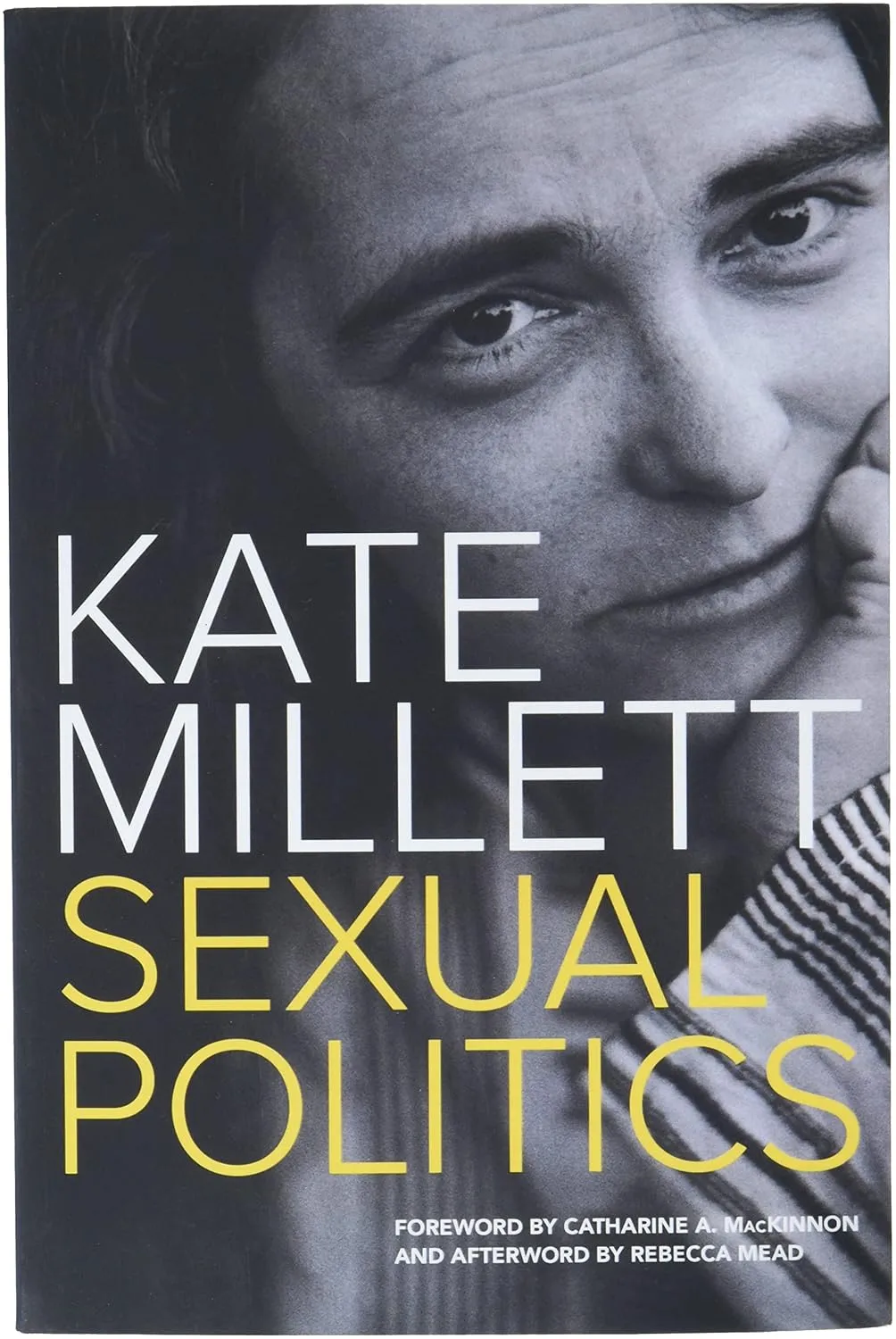
Sexual Politics (1970) by Kate Millett
Millett helped relaunch the feminist movement in the 1970s by noting that the sexual revolution of the 1960s had largely failed to challenge patriarchal power structures. In the tradition of the three previous works on this list, she examines the social, psychological and sexual oppression of women. Chapters on literature, economics and male sexuality give new angles on the systemization of women’s oppression.
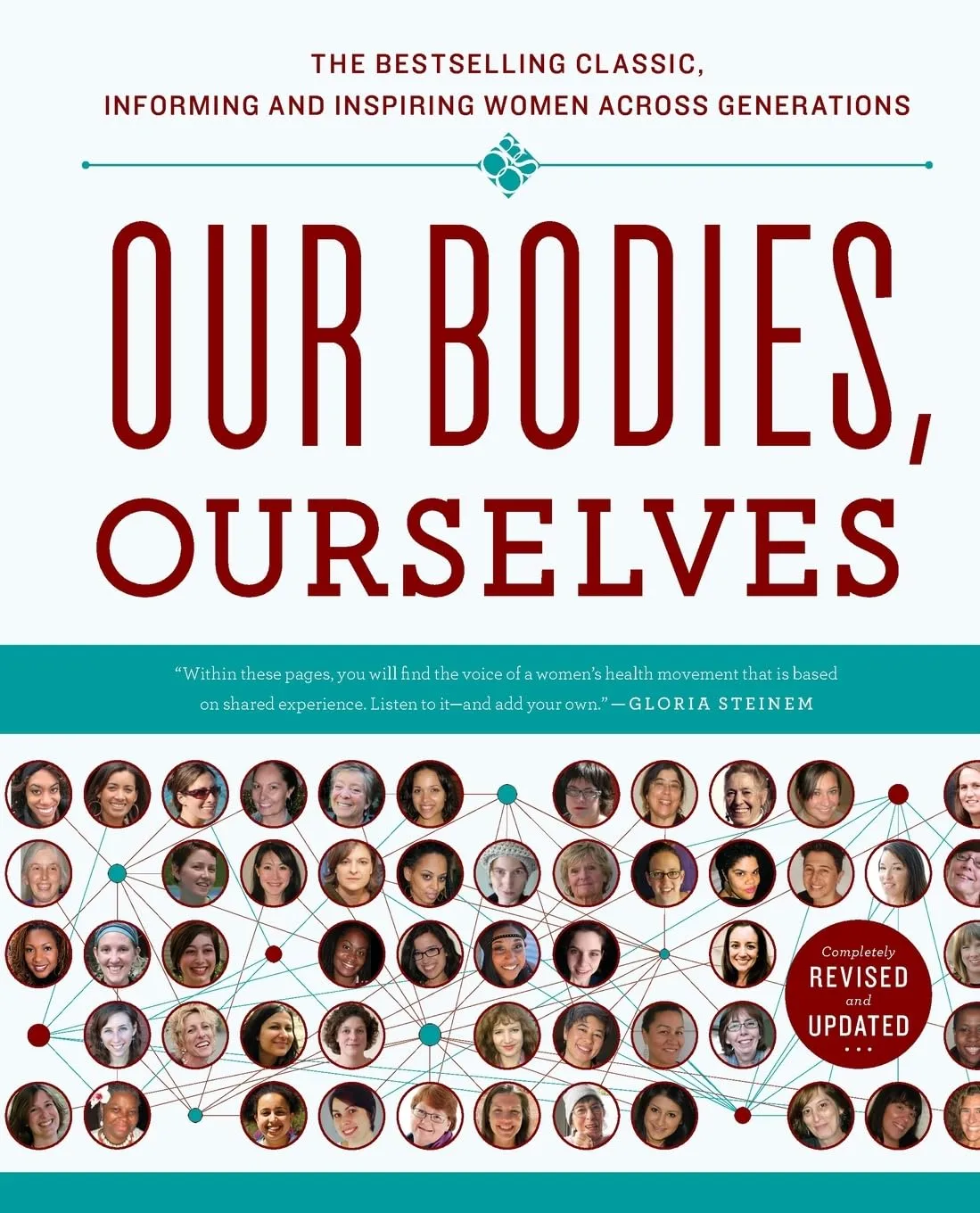
Our Bodies, Ourselves (1970, 1973, 2011) by The Boston Women’s Health Book Collective
The importance of this book cannot be overstated. It was revolutionary. For the first time, women were given, in clear, non-judgmental, scientific yet accessible language, the information they needed to understand and make decisions about their sexual and reproductive health at all stages of life. Women could now feel equipped and empowered when they went to the gynecologist. They could ask questions and feel it was their right to be given answers. And the impact of this book went far beyond gynecology. The idea that patients are entitled to information about health, illness and treatment and the understanding that doctors (usually male) are not gods with unquestionable power have affected all aspects of medical care in the United States to this day.
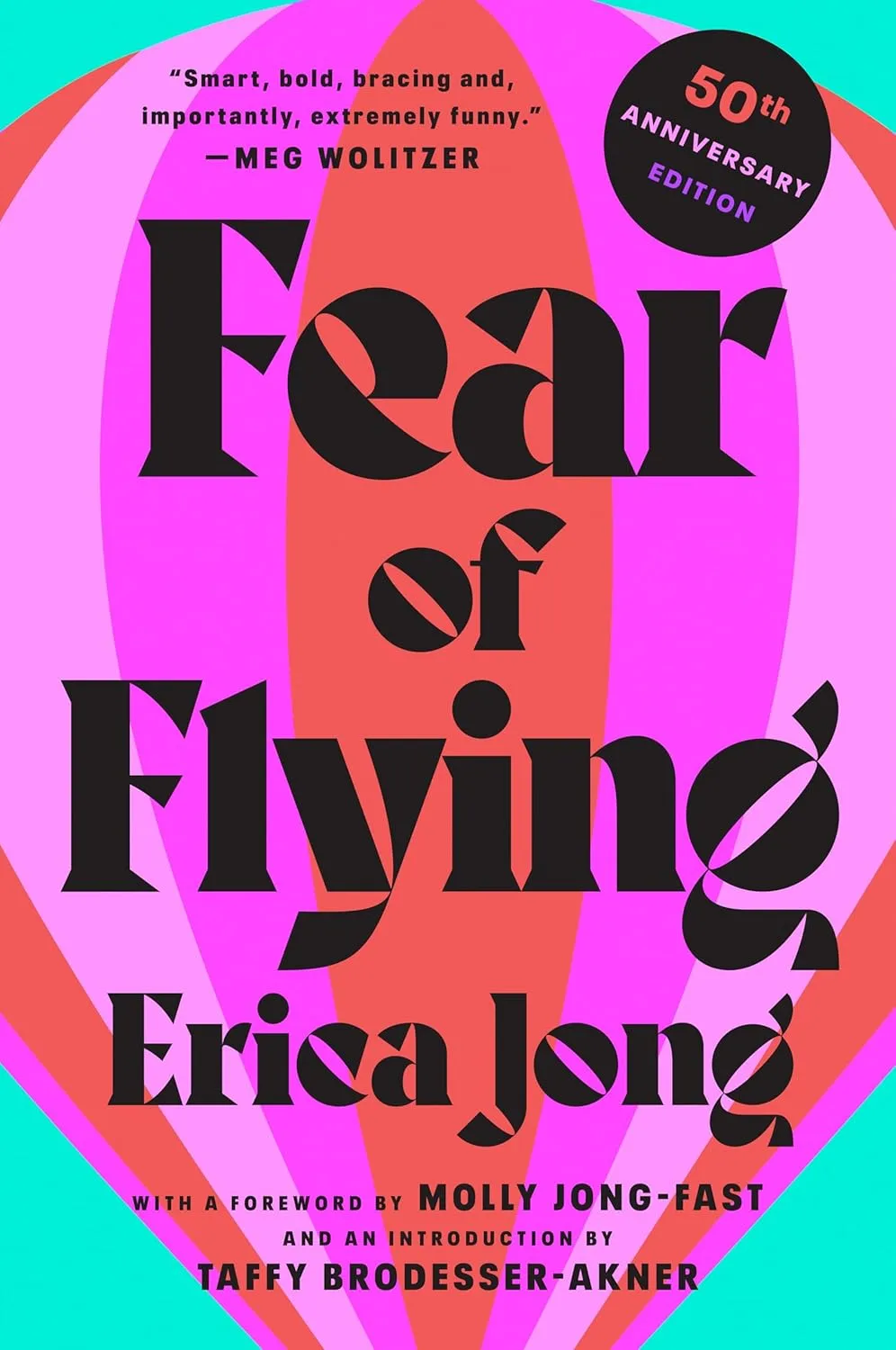
Fear of Flying (1973) by Erica Jong
In this breathless, energetic and wildly funny novel, Isadora Wing embraces the new freedoms offered by the sexual revolution as she explores her own desires and need for freedom. Unfulfilled and trapped in her marriage to a psychiatrist, Isadora embarks on a journey of self-discovery. Her marital situation is a fictional enactment of the entrapment described by The Feminine Mystique, and her sexual liberation turns The Female Eunuch on its head. A novel brave for its time, Fear of Flying caused a backlash among male critics and readers who were uncomfortable with a woman writing about sexuality. Some even sent Jong panties in the mail and otherwise harassed her. She survived.
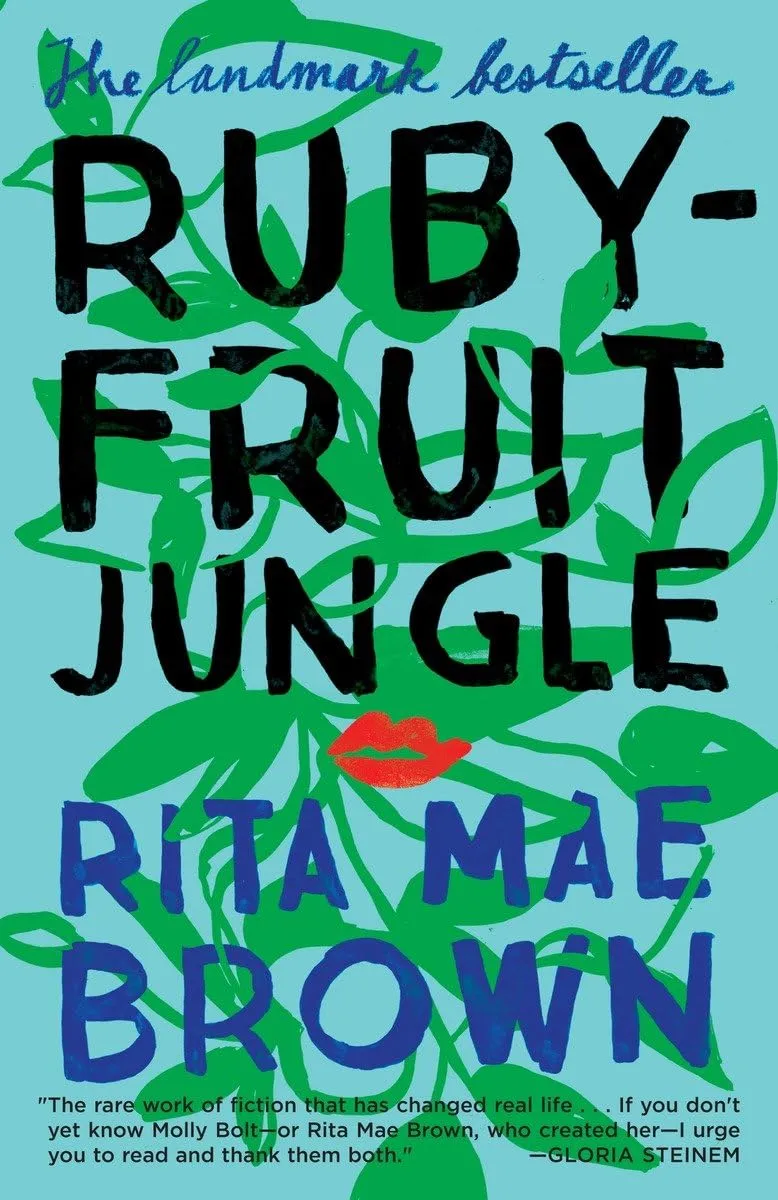
Rubyfruit Jungle (1973) by Rita Mae Brown
This coming-of-age classic of lesbian fiction follows Molly Bolt as she discovers and embraces her love of women. Fearless and defiant, Molly battles the sexism and homophobia of her working-class origins in order ultimately to find joyful connection in lesbian relationships and meaningful work as a writer and film producer. The brash, honest narrative voice sucks you in from page one. Like Fear of Flying, Rubyfruit Jungle was the target of criticism for its honest portrayal of female sexuality. Additionally, because of its lesbian heroine, it was banned from many schools and libraries.
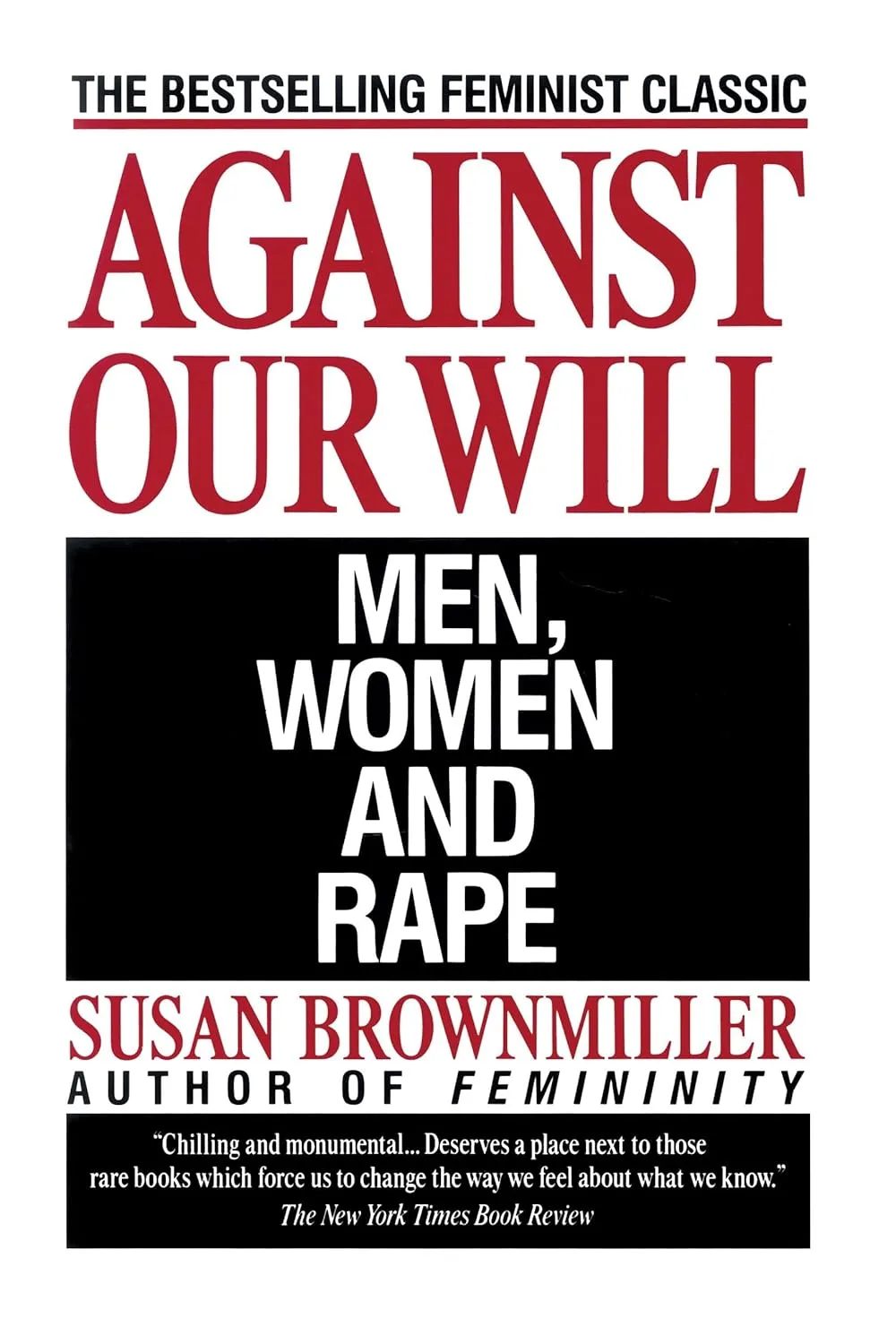
Against Our Will: Men, Women, and Rape (1975) by Susan Brownmiller
Another extremely brave and influential work, Against Our Will had a huge impact and was part of the feminist push that led to legal reforms in the 1970s and 1980s. Redefining rape as a crime of violence rather than of sexual desire, Brownmiller examines the ways in which rape has been used by men since prehistory as a tool of political and military power and social control over women. She challenges ideas common at the time, for example that rape is usually committed by a stranger and that women are to be blamed for attracting rapists. Her work underlies the later discussions of rape culture, as well as Title IX and the #MeToo movement.
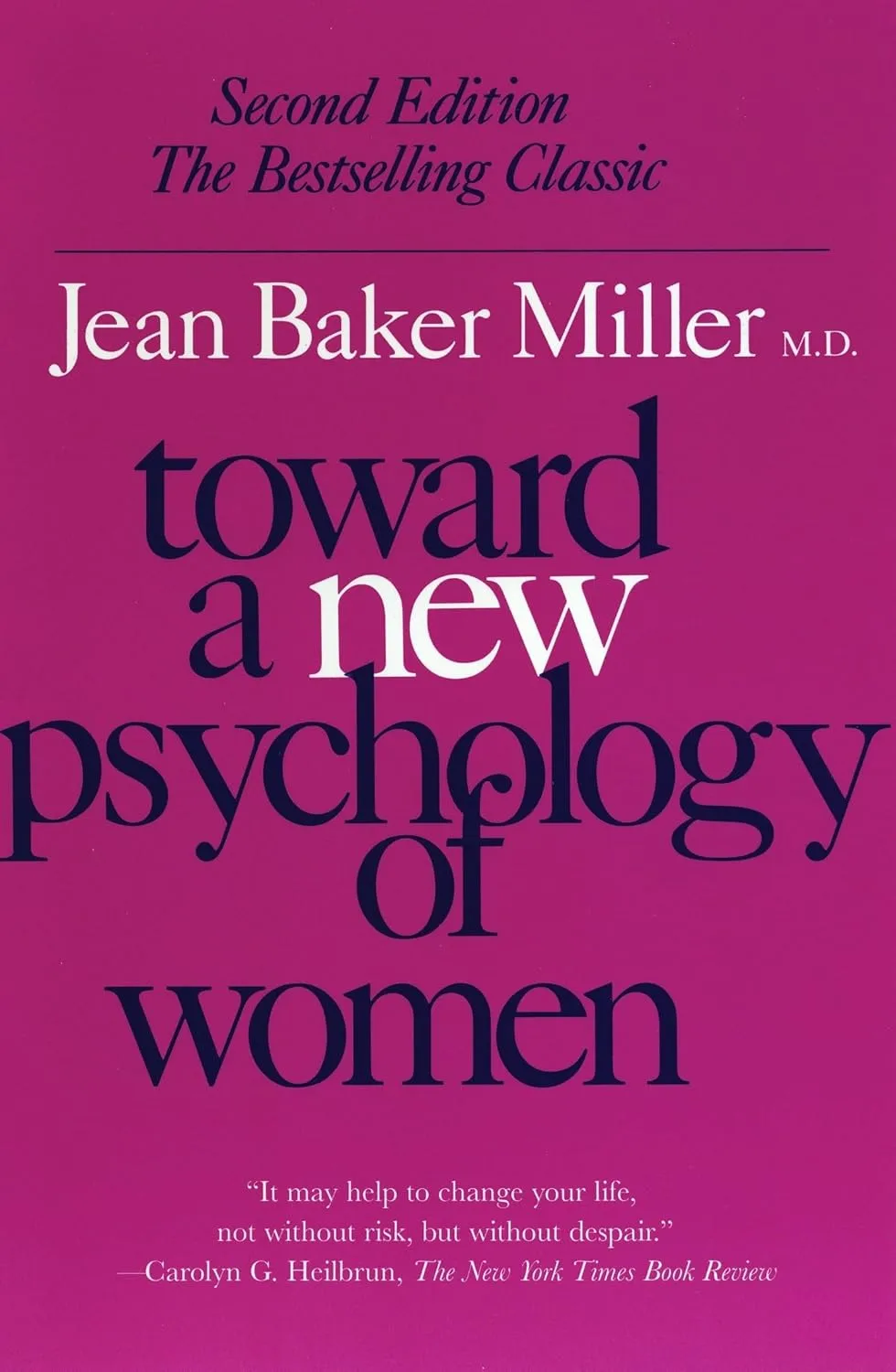
Toward a New Psychology of Women (1976) by Jean Baker Miller
If you’ve ever been in therapy and you’re interested in the history of psychology, you have to read this book. Before its publication, women were continuously gaslighted by male psychologists and therapists who saw them as the second sex, could not empathize with their entrapment, and did not support their prioritization of relationships. Miller’s book proposes a new model for women’s psychology that is centered on relational experiences and the need to regain autonomy and agency. I read this book in college, and it knocked my socks off.
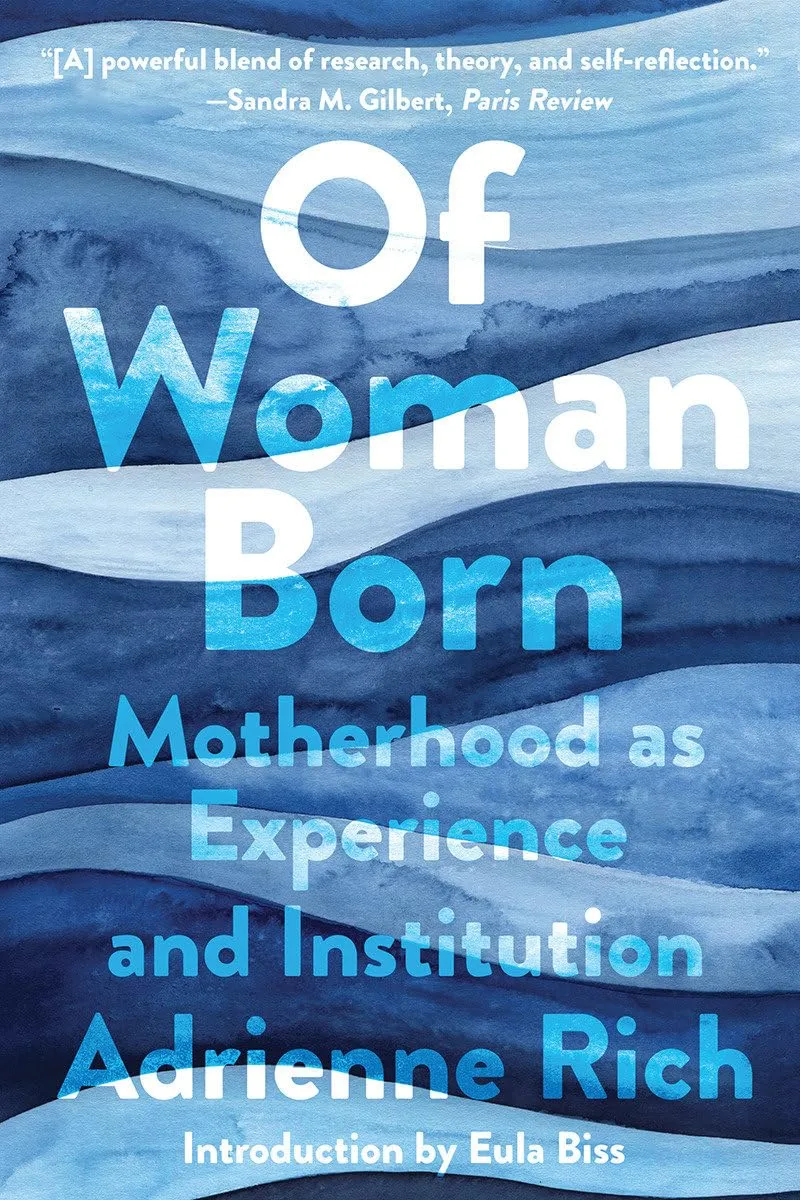
Of Woman Born: Motherhood as Experience and Institution (1976, 1986) by Adrienne Rich
The feminist poet Adrienne Rich turns to non-fiction in this examination of the social and political systems that define motherhood. Arguing that there is much to motherhood that is not “natural” but defined by the patriarchal systems in which it occurs, Rich looks at the medicalization of childbirth, the idealization of motherhood, its social construction, and the complexities of its joys and frustrations. A wide-ranging study that culminates in a call for re-imagining motherhood in a more equitable way.
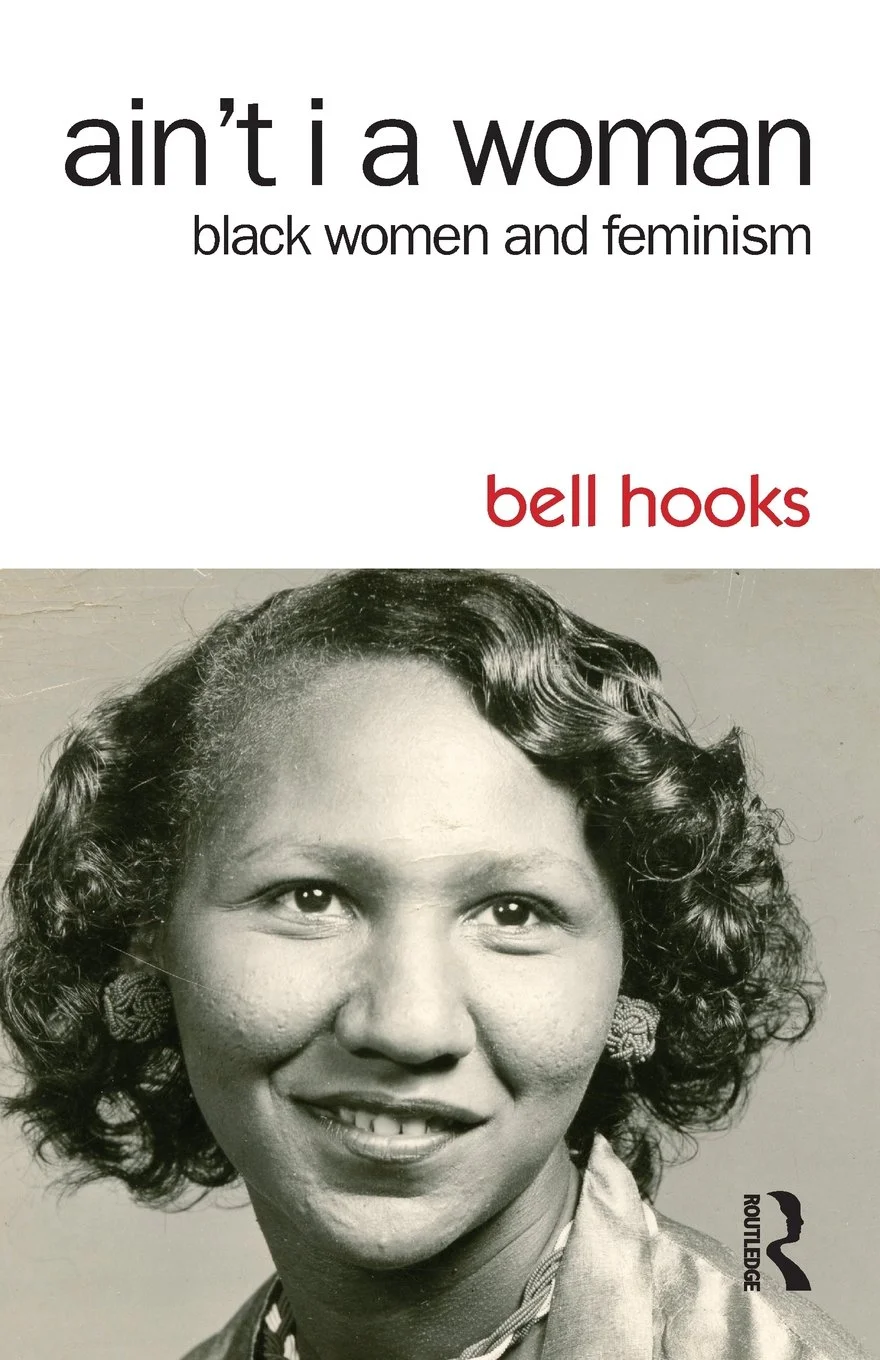
Ain’t I a Woman? Black Women and Feminism (1981) by bell hooks
This foundational text in Black feminist thought discusses the deprioritization of Black women within both the feminist and civil rights movements. After discussing the racial and sexual exploitation of Black women as slaves, hooks goes on to examine the marginalization of their concerns by the feminist movement, the struggle for empowerment, the effect of Black male supremacy, and much more. Although bell hooks did not invent the term intersectionality, her work was a cornerstone of its development. In criticizing the racism of white feminists and the sexism of the Black liberation movement, she opened the way to the examination of how different systems of oppression can overlap and be mutually reinforcing.
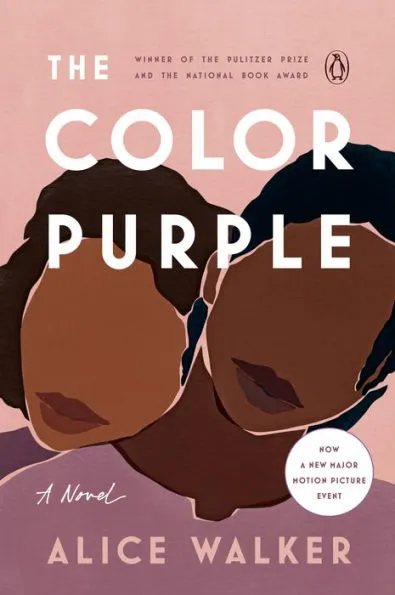
The Color Purple (1982) by Alice Walker
Brutally honest and repeatedly targeted by censors, The Color Purple is an epistolary novel that won the 1983 Pulitzer Prize for Fiction. Depicting the lives of African American women in early 1900s Georgia, it centers on the life of Celie, who survives domestic and sexual abuse as well as poverty in order, ultimately, to embrace her lesbian identity and achieve self-sufficiency. An indictment of racism, sexism and homophobia, and a deeply compassionate portrait of human resilience in the face of suffering, The Color Purple has been translated into over two dozen languages and continues to move and inspire readers around the world.
